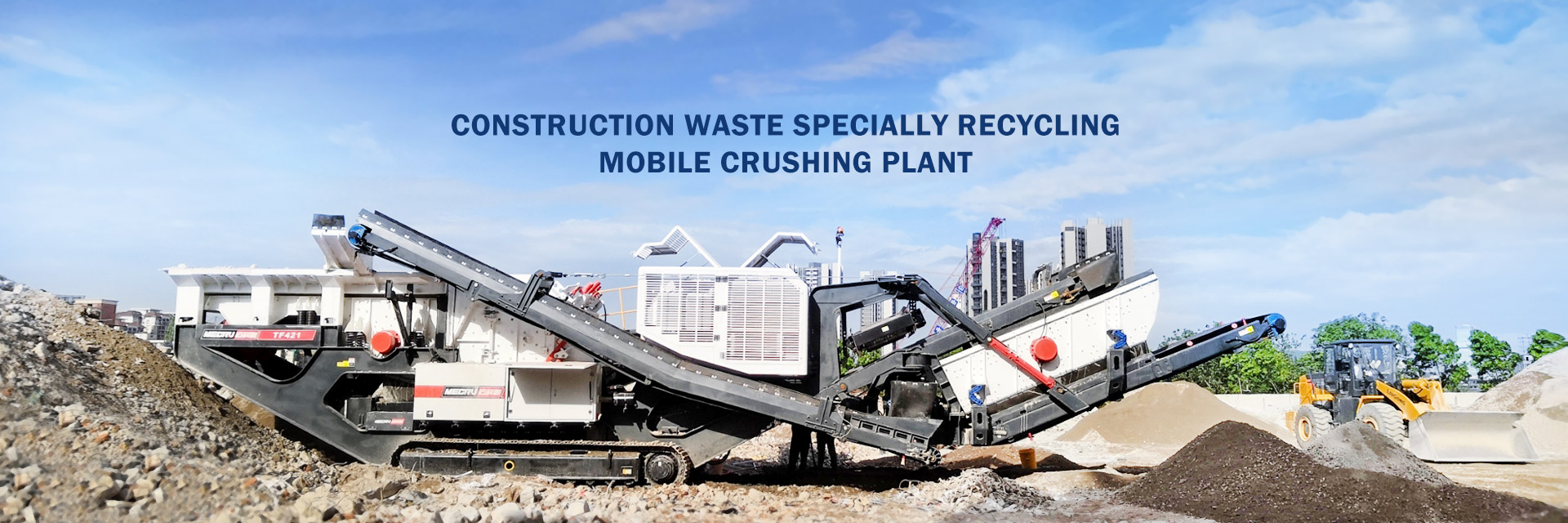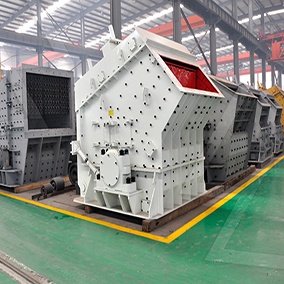Indonesia is a major player in the global mining industry, with abundant natural resources such as coal, nickel, tin, copper, gold, and bauxite. Mining design in Indonesia involves various technical, regulatory, and environmental considerations. Below is an overview of key aspects related to mining design in Indonesia:
1. Key Minerals Mined in Indonesia
– Coal: Indonesia is one of the world’s largest coal exporters (mainly thermal coal).
– Nickel: A leading global producer due to its use in stainless steel and electric vehicle batteries.
– Tin: Indonesia is a top global tin producer.
– Copper & Gold: Major mines like Grasberg (Freeport-McMoRan) in Papua.
– Bauxite: Used for aluminum production.
– Iron Ore & Other Minerals.
2. Mining Design Considerations
 # (A) Geological & Geotechnical Factors
# (A) Geological & Geotechnical Factors
– Site selection based on resource estimation (exploration data).
– Open-pit vs. underground mining design depending on ore depth and geology.
– Slope stability analysis fo pen-pit mines (e.g., using software like *Slide*, *FLAC*).
pen-pit mines (e.g., using software like *Slide*, *FLAC*).
# (B) Mine Planning & Optimization
– Block modeling and mine scheduling (using *Surpac*, *MineSight*, or *Datamine*).
– Cut-off grade determination to maximize economic viability.
– Haulage and logistics planning for efficient material movement.
# (C) Environmental & Regulatory Compliance
– AMDAL (Environmental Impact Assessment) required for mining permits.
– Post-mining reclamation plans (mandated by Indonesian law).
– Water management to prevent acid mine drainage (AMD).
# (D) Infrastructure & Logistics
– Road/rail networks for transporting minerals.
– Port facilities for export-oriented mining (e.g., Kalimantan coal ports).
– Power supply considerations for remote mines.
3. Regulatory Framework
– Mining Law No. 3/2020 (amending Law No. 4/2009): Governs licensing (IUP: Izin Usaha Pertambangan).
– CoW (Contract of Work) & IUPK for large-scale foreign investments.
– DMO (Domestic Market Obligation) requiring coal miners to supply local markets.
– Downstreaming Policy: Encourages mineral processing within Indonesia (e.g., nickel smelters).
4. Challenges in Indonesian Mining Design
1. Regulatory Uncertainty: Frequent policy changes affect





Leave a Reply